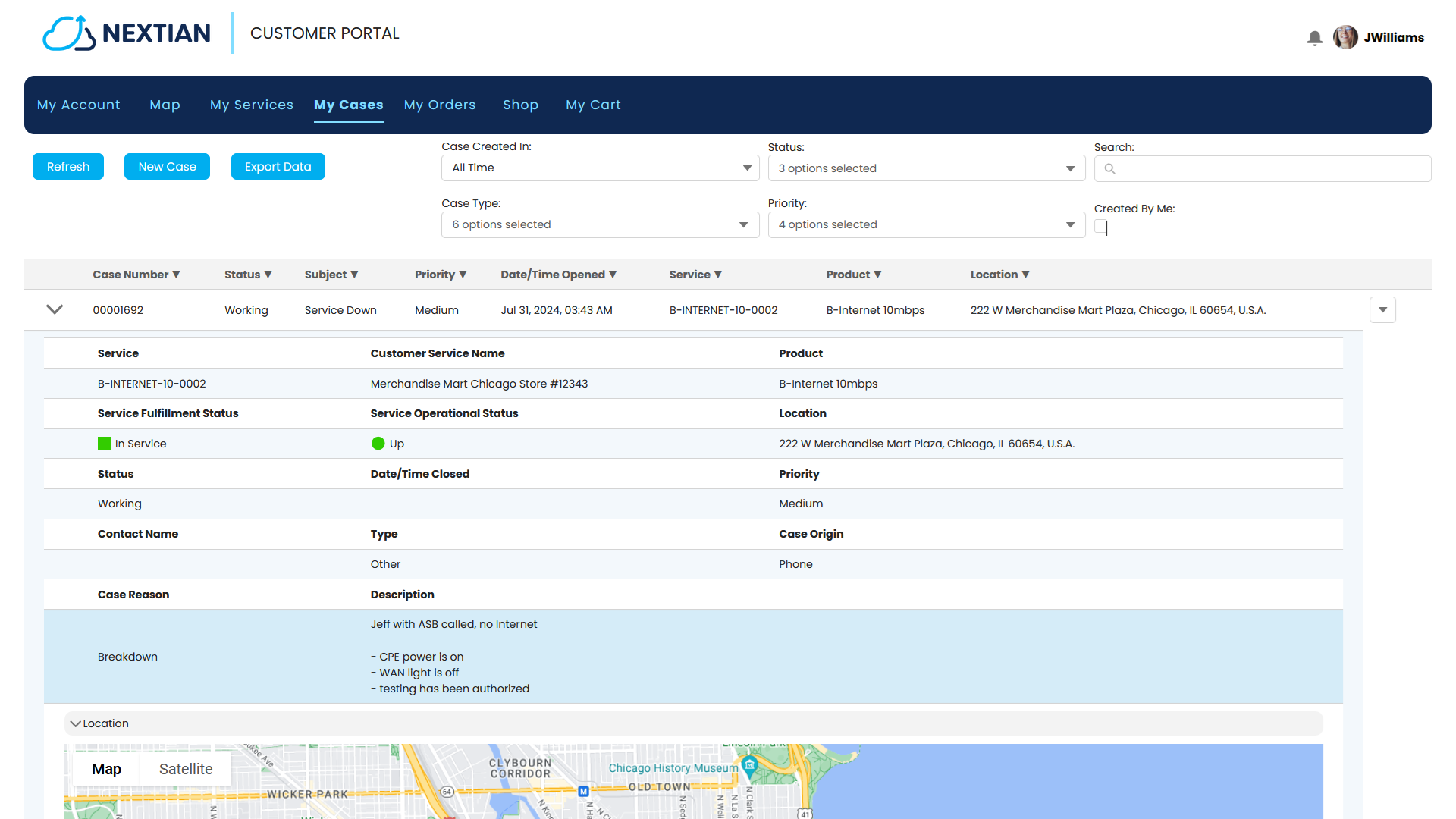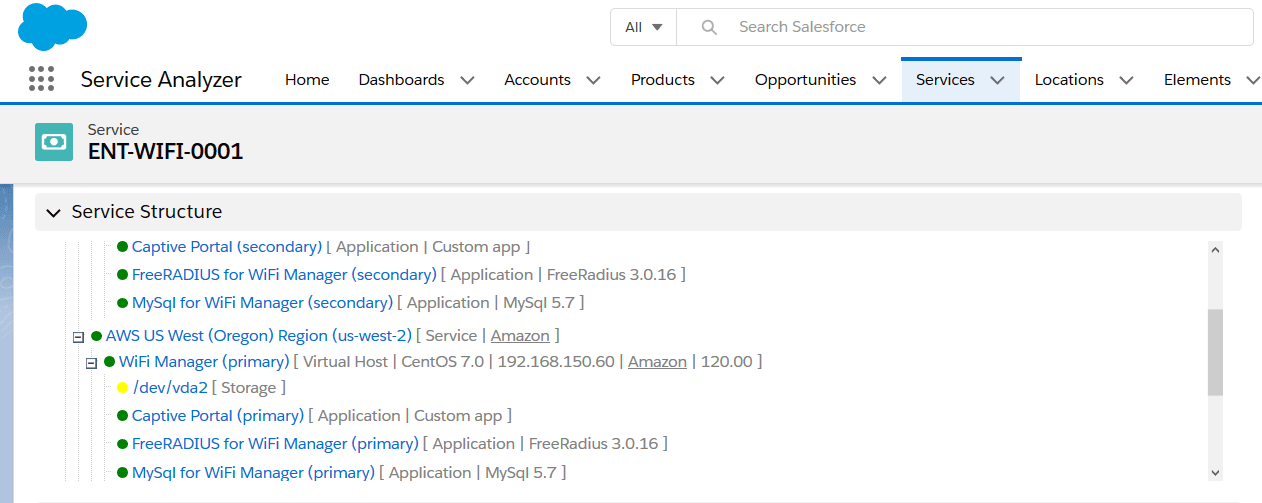Enabling Best-in-Class Customer Support for Cloud and Communications Services

Best-in-class customer support is a cornerstone of cloud and communications services, from Internet access and data centers to cloud applications.
Delivering an elevated user experience through customer support provides several key benefits:
- Improves customer satisfaction,
- Reduces churn,
- Increases customer lifetime value (LTV),
- Drives both gross & net revenue retention.
Moreover, strong support capabilities play a critical role during the sales process, particularly for services that are otherwise challenging to differentiate, such as Internet access or bare-metal servers.
Below are the core elements that define “best-in-class” customer support for cloud and communications services in 2024.
Omni-Channel Support
Customers should have the flexibility to submit tickets and receive notifications across multiple channels, including web portals, mobile apps, email, and phone. All channels should be seamlessly integrated, sharing a unified database (a “single source of truth”) and allowing for a fluid, interchangeable experience. For example:
- A customer submits a ticket via email,
- Adds notes and attachments through the web portal,
- Occasionally calls the support for updates,
- Receives real-time notifications on the mobile app.
While some businesses opt to enable only certain channels — such as large communications providers whose Network Operations Centers (NOCs) may exclude email for outage reporting — it’s essential to offer as broad a range of options as practically feasible.

Intelligent Ticket Routing
Managing large volumes of cases can quickly become overwhelming — at any given moment, hundreds of cases may be awaiting processing, spanning multiple products, issue types, and vendors. This complexity can make case assignment a challenge for support managers. Intelligent ticket routing can significantly reduce first-touch response times and overall resolution times by basing assignments on:
- Case type, associated product, customer,
- Employee availability,
- Current employee workloads,
- Employee skills and other factors.
For example, Nextian Service Management & Support can use Salesforce Omni-Channel or process flows to implement a fully automated intelligent task routing.
Proactive Incident Management
Providers need not only be reactive but also proactively act and communicate with customers regarding:
- Current outages and service performance,
- Scheduled maintenance windows,
- Potential future problems (e.g., disk space almost used up).
Informing about potential future issues can be combined with upselling and/or other account management activities.
It’s important to note, that for complex services such as SD-WAN or software applications, multiple elements have to be monitored in order to accurately determine overall service health:

Customer ITSM Integration
Enterprise customers managing extensive public and private infrastructure often require seamless integration with their IT Service Management (ITSM) systems, such as ServiceCloud, JIRA, or ServiceNow. This integration ensures efficient handling of incidents, service requests, and changes within their existing workflows, streamlining operations and improving service delivery.
Open API
API access extends beyond customer support, offering capabilities that include service inventory management, order tracking, and more. This enables customers to:
- Automatically submit and update support cases,
- Develop custom integrations,
- Order products-on line,
- Generate own reports.
API access not only helps customers streamline their operations but also increases customer loyalty and reduces churn for the provider.
Vendor Ticket eBonding
Vendor ticket eBonding refers to seamless integration with underlying vendors rather than end customers. For example, a SQL database service might be hosted on AWS, depend on a power provider, and require a stable Internet connection.
When an issue is reported by any of these underlying vendors, an internal or customer-facing ticket should automatically be created and linked to the original vendor ticket. Similarly, if a vendor outage is detected, a corresponding ticket should be opened with that vendor. This automated process ensures efficient issue tracking and resolution across multiple providers and is known as ticket eBonding.
With eBonding, customers experience faster response and resolution times, as tickets are automatically created and linked between their service provider and underlying vendors whenever issues arise.
Consistent Customer Support Process
The value of IT systems and tools lies in how effectively they are used by the people and processes behind them. A well-structured customer support process ensures that these tools deliver maximum benefit.
Key features of an effective customer support process include:
- Real-time Service Level Agreement (SLA) tracking, reporting and business intelligence,
- Automated case assignments and handoffs (by product, person, round-robin, etc.),
- Detailed metrics such as age, last touch, customer communications and escalation tracking,
- Governance and continuous improvement with transactional and non-transactional CSAT (Customer Satisfaction) and NPS (net promoter) scores as well as KPI (Key Performance Indicators) and OKRs (Objectives & Key Results) driving proper behavior.
Introducing AI to the Support Process
While human interaction remains a priority for many customers, experts agree that AI (Artificial Intelligence) should enhance and support customer support teams, rather than replace them. By integrating AI, organizations can achieve significant efficiency gains in several key areas:
- Response generation: AI can assist by generating initial support responses, which can then be customized by support personnel. This approach reduces communication time, similar to traditional templates but with more personalized content based on specific case details.
- Resolution suggestions: AI can analyze ticket descriptions, product information, and infrastructure status to recommend potential solutions, helping resolve issues more quickly.
- Case routing: AI-driven algorithms can intelligently route tickets to the most qualified technicians based on the issue type, product, required skills, and other factors, reducing time to resolution (TTR) and optimizing resource allocation.
- Root cause analysis: AI can automate root cause analysis, even if not 100% accurate, to help technicians identify and resolve complex issues faster.
Conclusions
Customer support is a fundamental component of cloud and communications services, from Internet access and data centers to cloud applications. Delivering elevated customer experience reduces churn, increases revenue retention and is essential for driving service providers’ growth.
However, providing best-in-class customer support requires enabling multiple support channels, orchestrating diverse systems (monitoring, ticketing, portals), opening APIs, efficient ticket routing, and many more. This is a complex and significant undertaking that requires careful planning and execution.
Nextian simplifies this process with the Service Management, Support & Monitoring module, running on top of Salesforce CRM and seamlessly integrating with the Nextian Customer Portal. Our solution also integrates with leading customer support systems such as JIRA, ServiceNow, OTRS, and Salesforce Service Cloud. Additionally, we offer out-of-the-box integration with OpenAI, enabling support teams to generate customer responses faster, analyze sentiment, and much more.
Contact us today to find out how we can help your business grow!






